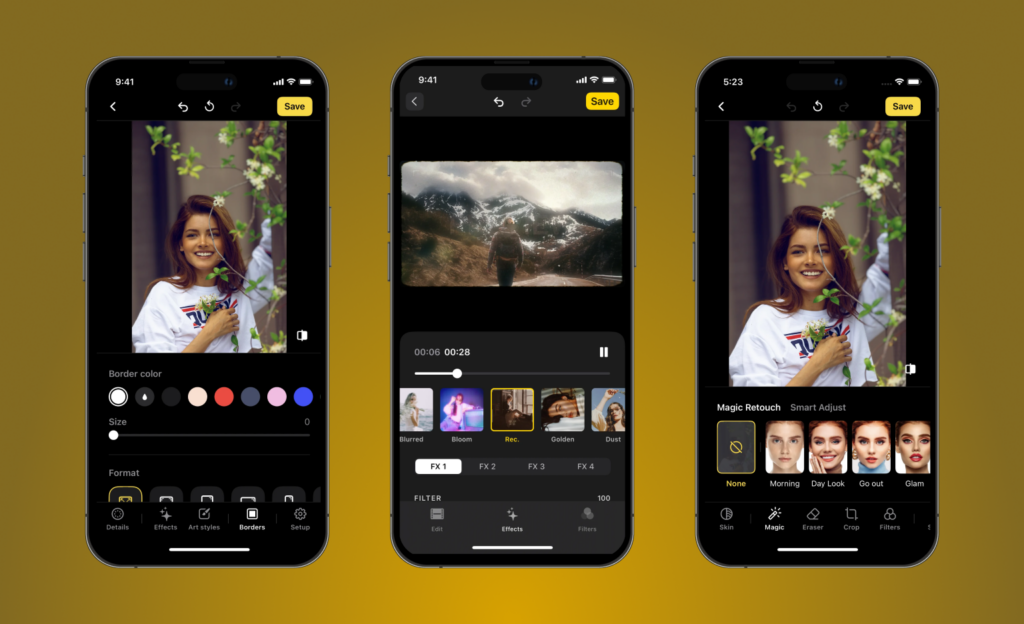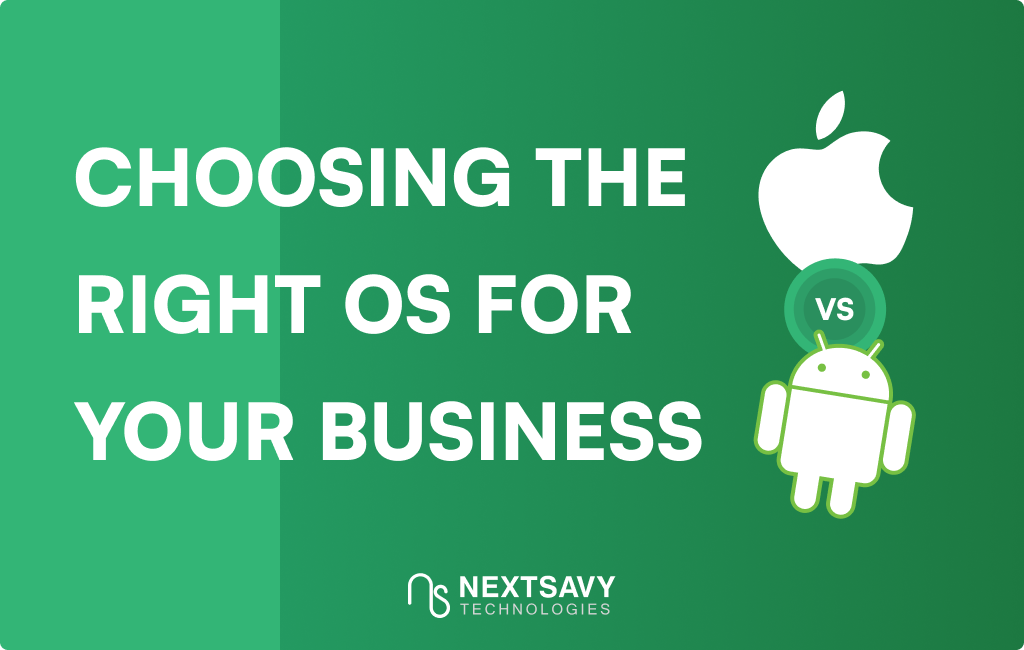September 27, 2023
 5 Strategies to Elevate User Adaptation & Engagement
5 Strategies to Elevate User Adaptation & Engagement

Have you ever been browsing and something caught your eye, something distinct and appealing? It was like a nanosecond time frame in which you instantly went to the app and began appreciating everything about it. Now that is what we term a fantastic UI UX design of app that has the potential to draw their audience at the right time and place.
Now the next question that challenges you is like how to hit the bullseye? How to make your design distinct from other apps along with being user-friendly. There are plenty of apps. What makes your app different?
App design and development are crucial aspects of turning your idea into a successful product. It is important to work with experienced professionals who can guide you through the process and ensure that your app is user-friendly, functional, and visually appealing.
Let’s dive into five effective techniques that can truly transform the user adoption and engagement rates of your app.
1. Embrace Cognitive Load Reduction
Simplicity is indeed the ultimate sophistication, and in the realm of UI UX, it’s critical to understand and apply the concept of cognitive load reduction. This involves more than just decluttering the interface; it’s about orchestrating the user journey in a way that aligns with the natural way our brains process information. This can be achieved by categorizing content logically, utilizing intuitive icons and imagery, and employing micro-interactions to guide users seamlessly through their tasks.
Categorizing content logically allows users to quickly find what they are looking for, while intuitive icons and imagery help them understand the functionality without relying on lengthy instructions.
Ultimately, applying cognitive load reduction principles in UI UX design results in a sophisticated and user-friendly interface that maximizes usability and satisfaction.
Implementation
Consider the journey of ordering food through a delivery app. By breaking down the process into clear steps, presenting familiar icons for options like payment and delivery, and providing real-time updates during order processing, the app significantly reduces the cognitive effort required to complete the task.

2. Employ Micro-Interactions
Micro-interactions may seem like minor flourishes, but they play a crucial role in boosting user engagement. These subtle animations, haptic responses, or visual cues provide instant feedback, enhancing the feeling of interacting with a responsive and dynamic interface. Whether it’s the satisfying sound of a “ping” after sending a message or the playful bounce of a button upon being tapped, micro-interactions add character to an application and cultivate a sense of connection.
In today’s world, where user experience is key to the success of any application. One way to improve this experience is through the use of micro-interactions in UI UX design. These small details can guide users through complex tasks by providing helpful hints or visual cues that indicate progress.
By paying attention to these seemingly insignificant details, UI UX designers can make their applications more engaging that encourages users to return for more.
Implementation
After requesting a ride on the Uber app, the map screen displays a small animated car icon moving along the streets to indicate the approaching driver’s location. This micro-interaction gives you a sense of where your driver is in real time.

3. Utilize Personalization
In the age of information overload, personalization is the key to capturing and retaining user attention. By leveraging data-driven insights, you can tailor the user experience to each individual’s preferences and behaviors. This could encompass recommending movies based on viewing history, suggesting relevant products in an e-commerce app, or curating a personalized news feed.
Advanced algorithms and machine learning techniques enable these curated experiences. By analyzing user data, such as past preferences and behavior patterns, the system can accurately predict and present content that is most likely to resonate with each individual user.
Implementation
The way Netflix recommends shows based on your viewing habits not only enhances your enjoyment but also keeps you engaged by presenting content that resonates with your tastes.

4. Implement Gamification Elements
Gamification goes beyond simply turning an app into a game; it’s about tapping into the intrinsic human desire for achievement, reward, and a sense of progression. Incorporating game-like elements, such as earning points, unlocking achievements, or competing with friends, can transform routine interactions into engaging experiences.
The sense of achievement and reward that comes with earning points or unlocking achievements encourages users to continue using the app or platform. This gamification element taps into the human desire for recognition and progress, providing users with a sense of growth and accomplishment.
Implementation
Fitness apps that allow you to track and celebrate your progress, earn badges for hitting milestones, and challenge friends to step competitions turn exercise into a gamified adventure.

5. Leverage Feedback Loop Design
One of the most effective ways to cultivate user engagement is by establishing a seamless feedback loop. This involves providing real-time responses to user actions, creating a sense of direct cause and effect. When users see immediate results of their interactions, it fosters a feeling of control and empowers them to explore the app further.
Also, a feedback loop allows users to feel heard and valued, as their input is acknowledged and responded to promptly. This can lead to increased trust and loyalty towards the app, ultimately resulting in higher user engagement and satisfaction.
Implementation
Photo & video editing apps thrive on feedback loop design. Adjustments are made in real-time, and as users tweak settings, they instantly witness the visual transformation, enabling them to fine-tune their creative vision effortlessly.

Conclusion
In a nutshell, it is not enough to simply build an app, we must also ensure that it reaches the hands and hearts of our target audience. By implementing the strategies outlined here and staying committed to the user, we can pave the way for an app’s triumphant journey toward user adoption and long-term prosperity.
We at Nextsavy Technologies are tailored to meet your specific needs. Our team of experienced UI UX designers is well-versed in the latest technologies and trends, ensuring that your application is not only visually appealing but also highly functional.
Contact us today to discuss your project requirements and let us turn your vision into reality.
FAQ’s
To make an application user-friendly, it is important to focus on simplicity and intuitiveness. Design the interface with clear navigation and minimize clutter by prioritizing essential features. Additionally, gather feedback from users during the development process to identify pain points and make necessary improvements for a smoother user experience.
ARPU (Average Revenue Per User) is a key metric to evaluate your app’s financial performance. You can calculate it by dividing your app’s total income by the number of users over time. This helps track growth and compare success with competitors.
User adoption refers to the number of users who have started using your product or service, while user engagement measures how actively and frequently users interact with it.






